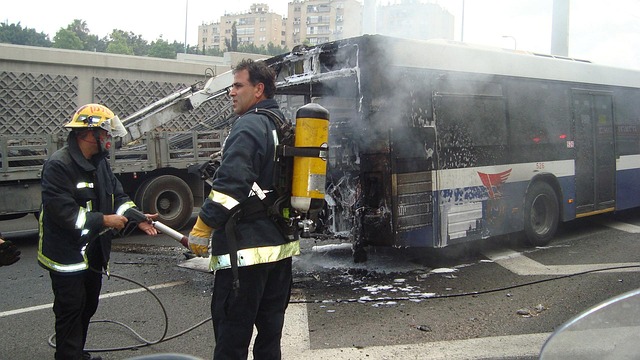In California, rising distressed sales of fire-damaged homes result from natural disasters like wildfires requiring significant repairs or reconstruction. Homeowners face financial pressures and insurance issues, compelling them to sell quickly. Potential buyers benefit from discounts but must navigate local regulations, rebuilding codes, and insurance claims—key factors in understanding the scope of work and financial commitment. Selling such properties involves assessing damage, complying with fire department safety guidelines, dealing with insurance companies, and documenting repairs for insurance claims, all while setting realistic expectations based on market conditions.
“In California, distressed property sales present unique opportunities and challenges, particularly with fire-damaged homes. This article guides you through the intricate process of navigating these sales within the Golden State’s real estate market. From understanding the local context to successful strategies for selling a fire-damaged residence, we offer valuable insights. Whether you’re an experienced investor or a first-time seller, this comprehensive guide will equip you with the knowledge needed to manage expectations and maximize profits during distressed property transactions in California.”
- Understanding Distressed Property Sales: The California Context
- Navigating the Process: Selling a Fire-Damaged House in California
Understanding Distressed Property Sales: The California Context

In California, distressed property sales are becoming increasingly common, especially for those facing the challenge of selling a fire-damaged house. These sales involve properties that have been impacted by natural disasters, such as wildfires, which can leave homes in need of significant repairs or reconstruction. Understanding this context is crucial when navigating the real estate market in California. Many homeowners find themselves in a delicate situation where they must sell quickly due to financial constraints or insurance issues, leading to distressed sales.
Fire-damaged houses often present unique challenges and require specialized attention. Prospective buyers in California should be aware of potential risks and benefits associated with purchasing such properties. While these sales can offer opportunities for significant discounts, the process demands careful consideration. Local regulations, rebuilding codes, and insurance claims are integral parts of understanding the scope of work and financial implications involved in buying a fire-damaged residence in California.
Navigating the Process: Selling a Fire-Damaged House in California

Selling a fire-damaged house in California involves a unique set of challenges, from understanding legal requirements to navigating insurance claims and finding buyers willing to take on such a project. The first step is assessing the extent of damage; this is crucial as it determines the type of repairs needed and subsequently, the property’s value post-renovation. In California, sellers must comply with specific guidelines set by local fire departments, ensuring the house meets safety standards before putting it up for sale.
One of the key aspects in selling a fire-damaged property is dealing with insurance companies. Homeowners’ policies typically cover fire damage, but the process can be intricate, especially if the cause was negligence or an act of nature. Sellers should document all repairs and costs to support their claims, which might impact the asking price. Market conditions also play a significant role; while some buyers seek distressed properties for renovation, others prefer move-in ready homes, so understanding the local real estate market is essential in setting realistic expectations.
In the context of California’s real estate market, understanding distressed property sales, particularly after events like fires, is crucial for both buyers and sellers. Navigating the process involves a detailed assessment of damage, legal considerations, and marketing strategies tailored to the unique conditions of a fire-damaged house. By following the steps outlined in this article, homeowners selling their California properties post-fire can ensure a smoother transition, providing an opportunity to create new beginnings from what may have been considered ruins. For those looking to purchase such distressed assets, it offers insight into the potential for lucrative investments within the state’s vibrant real estate landscape.






